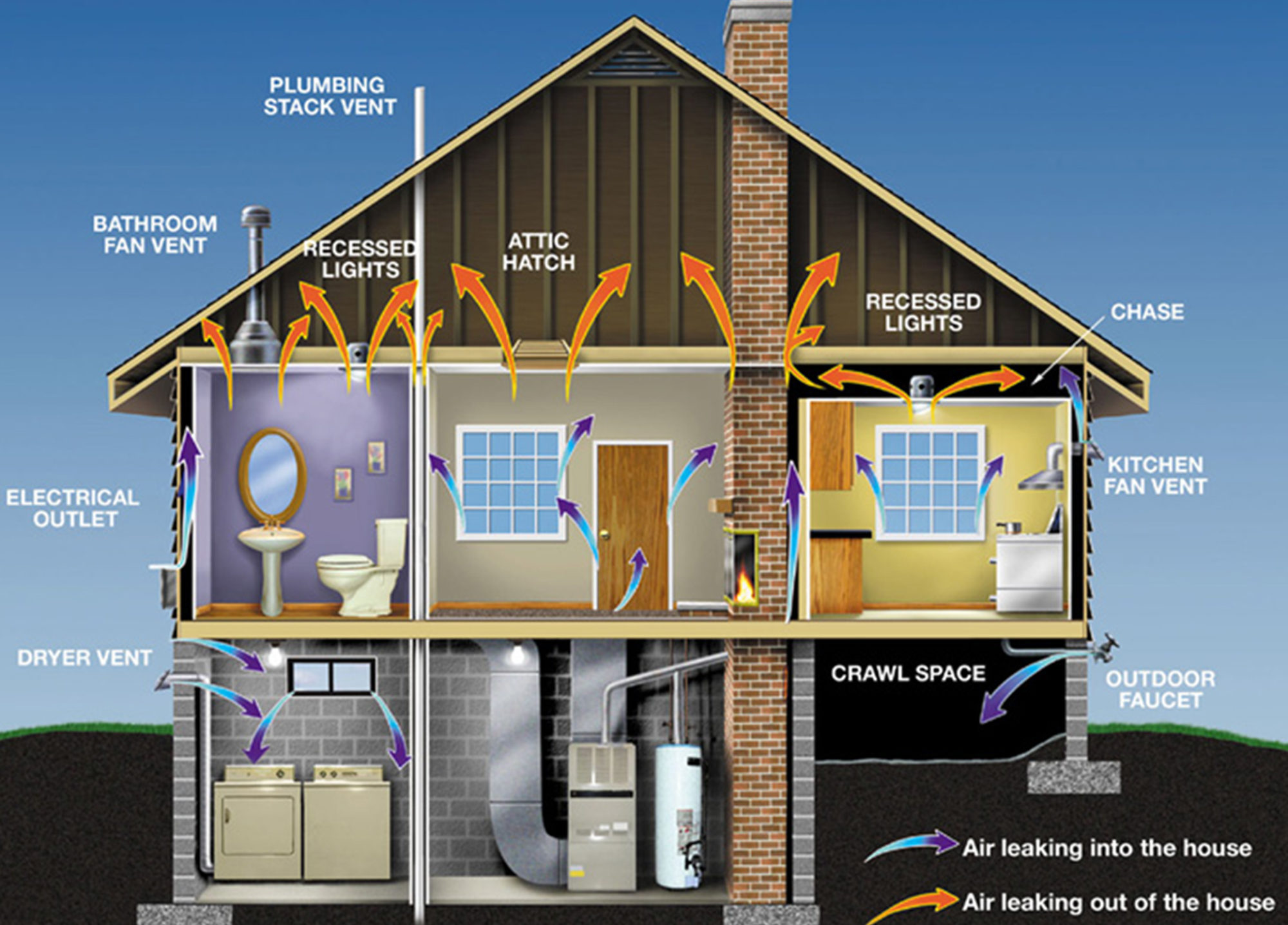Weatherization Works!
Return on Investment
- The Weatherization Assistance Program was started in 1976 and has assisted low-income families – previously set to 125% of the federal poverty income guidelines.
- This program has been vastly expanded as part of the American Recovery and Reinvestment act (ARRA). Qualification is now set to 200% of the federal poverty income guidelines.
- Preference is still given to the elderly, disabled, and families with children, but there is a ramp-up and all who are close to qualifying are still encouraged to apply.
Weatherization Benefits
Since its inception in 1976, over 5.7 million households have been upgraded to energy-efficient, safer dwellings through the Program. Weatherization Works in many ways.
The following details several of the economic, social, and environmental benefits weatherization brings to families and communities:
Economic Advantages
- Accoring to ongoing program evaluation, weatherization efforts bring a return $1.83 in direct energy savings to the homeowner for every $1 spent on weatherization.
- taking both energy-related benefits and non energy-related benefits together, the combined return per dollar spent is $2.69.
- Fifty-two jobs are directly created for each million dollars invested into the weatherization program.
- Another economic benefit of weatherization programs involves significant economic impacts to local communities. Through increased household spending, generation of jobs and purchasing of materials – weatherization money is spent by families for goods and services within the community.
- Additionally, weatherizing homes directly provides jobs for local contractors and revenue for businesses who supply the materials necessary for weatherization procedures.
Environmental
- Weatherization measures taken also reduce carbon dioxide output by nearly a metric ton per weatherized home. Carbon dioxide is often cited as a likely contributor to global environmental changes.
- Weatherized homes reduce overall energy demands to the residential area, which decreases power plant emissions, and associated air pollution.
- Weatherization procedures reduce energy consumption on a national scale and reduce dependancy on imported oil.
Social Benefits
- The Weatherization Program also emphasizes the importance of health and safety by installing smoke alarms and carbon monoxide detectors.
- Lower-income families typically spend around 20% of their total annual income on energy, and during recessionary times these families cut back on other necessities to cover the cost of energy. Weatherization provides a long-term solution for low-income families, protecting them from rising energy prices.
- There are additional benefits from weatherization that are not covered above because it is dificult to assign them a monetary value.
The U.S. Department of Energy (DOE) regularly conducts evaluations of the Weatherization Assistance Program in order to verify energy savings and maximize service to weatherization clients. These evaluations are conducted by DOE’s Oak Ridge National Laboratory (ORNL).
